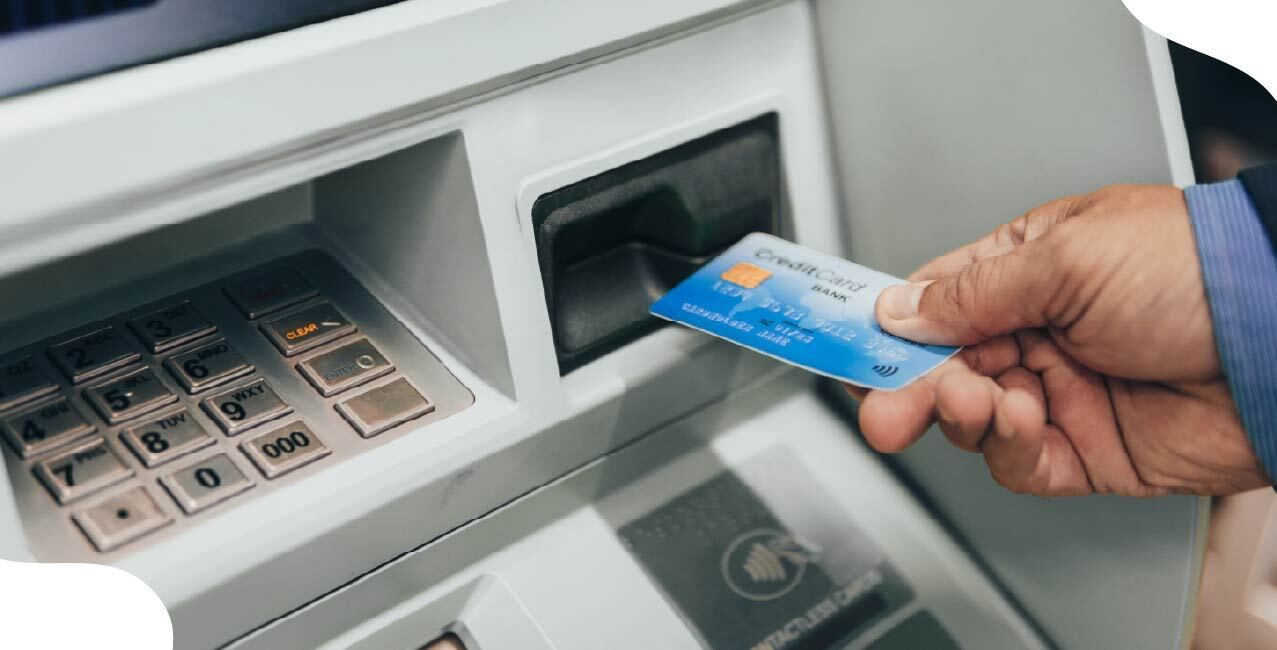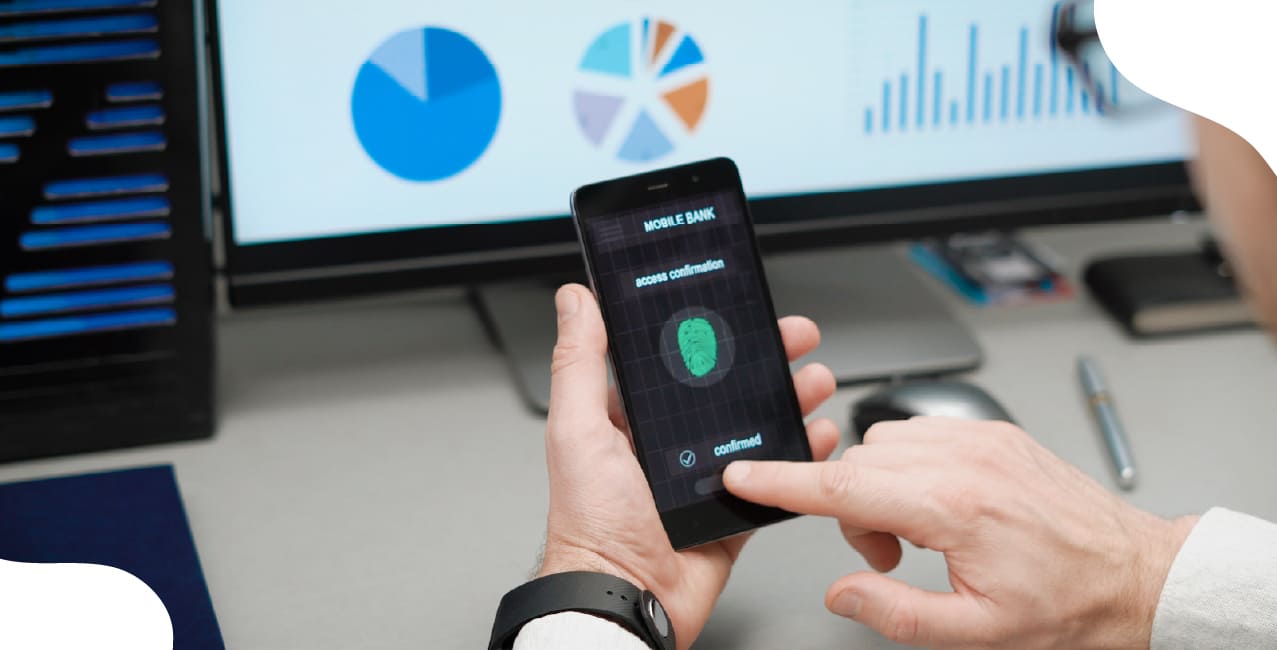
Author
LoansJagat Team
Read Time
4 Min
23 Aug 2025
New RBI ATM Rules: Free Transactions, Cash Limits and Bank Charges Explained
The Reserve Bank of India (RBI) has introduced fresh rules for ATM usage effective May 1, 2025. These updates cover the number of free transactions customers are entitled to, the fees charged once these limits are crossed, and broader caps on cash usage in the banking system.
For consumers, the changes highlight the balance RBI is striking between financial inclusion and cost recovery for banks. While digital payments are steadily expanding, ATMs remain a vital part of India’s banking infrastructure, especially in semi-urban and rural regions.
What the RBI Regulations Specify?
The RBI mandates that customers receive a minimum of five free financial transactions per month at their own bank’s ATMs. Importantly, non-financial activities, such as balance inquiries, mini-statements, or PIN changes, remain free of charge at own-bank ATMs and are not counted toward the transaction limit.
For other-bank ATMs, the free limits depend on location. In metro cities, customers are entitled to three free transactions per month, while in non-metro areas, the entitlement is five transactions. Beyond these limits, charges apply.
To better understand these entitlements and costs, let’s look at the table below.
RBI Guidelines on ATM Transactions
This table shows how the RBI has tried to maintain a fair baseline—more transactions at own ATMs and fewer at other banks’ machines, reflecting network and cost considerations. For frequent ATM users, particularly in metro areas, it is critical to plan withdrawals to avoid repeated fees.
Read More – Major Update: 73% ATMs Now Dispense ₹100 & ₹200 Notes Before RBI’s Deadline Hits
Bank Practices & Examples
While RBI provides the framework, each bank interprets and implements it slightly differently. For instance:
- HDFC Bank charges ₹23 + GST for each transaction beyond the free limit, though non-financial transactions at its own ATMs remain free.
- Punjab National Bank (PNB) applies ₹23 for financial transactions and ₹11 for non-financial ones once limits are exceeded.
- IndusInd Bank applies the ₹23 cap for withdrawals at non-IndusInd ATMs after the free quota.
Previously, most banks charged ₹21 per transaction, but RBI’s new cap raised the ceiling to ₹23, giving banks room to recover higher operational costs.
Beyond ATM: Cash Transaction Caps
Apart from ATM usage, broader rules govern high-value cash transactions. If an individual withdraws or deposits ₹20 lakh or more in a financial year, they must provide PAN and Aadhaar.
This safeguard is aimed at curbing unaccounted cash transactions and ensuring traceability in the financial system.
Summary of Free Limits & Charges
Now that we’ve covered both RBI norms and bank-level variations, it’s useful to consolidate the key figures in one place. The following table provides a quick summary of transaction entitlements and the charges applicable once limits are breached.
Free Limits and Applicable Charges
By looking at this table, customers can immediately see how usage differs between metro and non-metro regions. Importantly, the higher cost per transaction beyond limits means a single additional visit could now cost more than ever before.
Also Read - How to Avoid Hidden Bank Charges That Eat Up Your Savings
How to Stay Smart & Avoid Fees?
To minimise unnecessary charges:
- Prefer own-bank ATMs for financial and non-financial transactions.
- Track the monthly free quota, especially if you use multiple banks.
- Shift to digital channels (mobile banking, UPI, net banking) for balance checks or mini-statements.
- Use ATM withdrawals strategically, taking out larger sums fewer times reduces the likelihood of hitting chargeable limits.
Conclusion
The new RBI rules are designed to maintain customer convenience while also accounting for the operational costs of ATM networks. By ensuring five free own-bank transactions and a smaller quota at other-bank ATMs, the regulator continues to promote fair access.
The tables show a clear picture: using your own bank’s ATM remains the most cost-effective option, while other-bank ATMs should be used carefully. Customers who plan withdrawals smartly and lean on digital services can easily stay within the free transaction limits.
Ultimately, the new framework pushes India toward digital efficiency without compromising on the accessibility of cash, striking a balance that reflects the evolving financial ecosystem.
About the Author

LoansJagat Team
‘Simplify Finance for Everyone.’ This is the common goal of our team, as we try to explain any topic with relatable examples. From personal to business finance, managing EMIs to becoming debt-free, we do extensive research on each and every parameter, so you don’t have to. Scroll up and have a look at what 15+ years of experience in the BFSI sector looks like.

Quick Apply Loan
Subscribe Now
Related Blog Post

LoansJagat Team • 10 Jun 2025

LoansJagat Team • 06 Jun 2025

LoansJagat Team • 22 Sep 2025